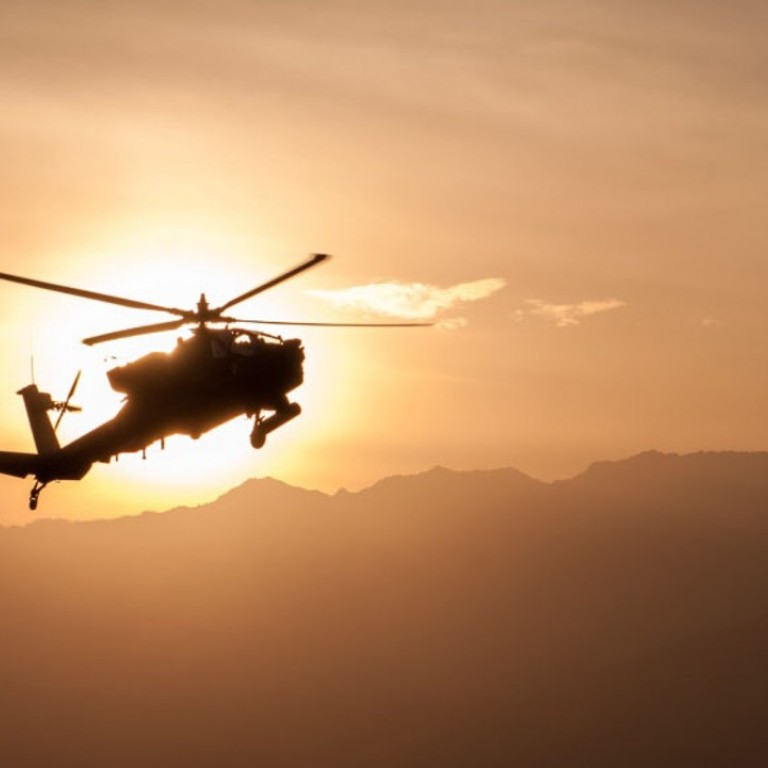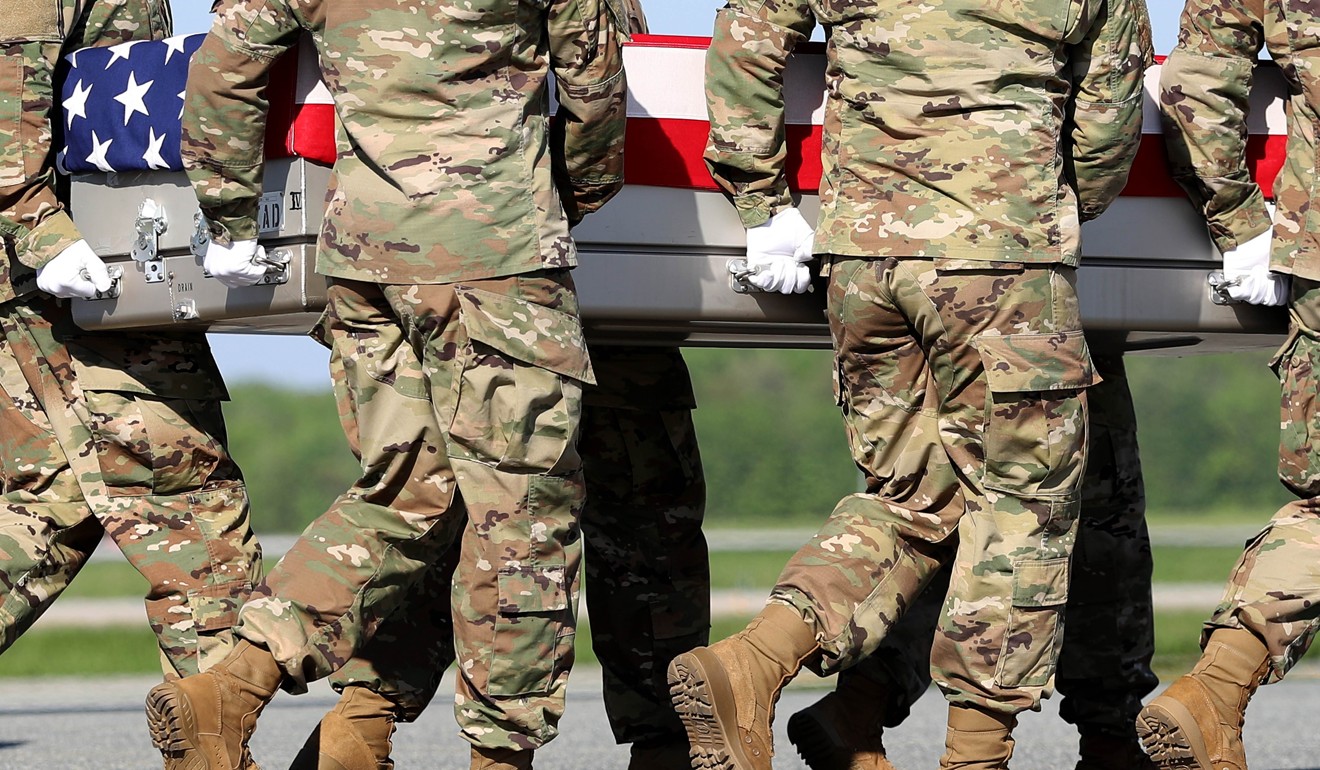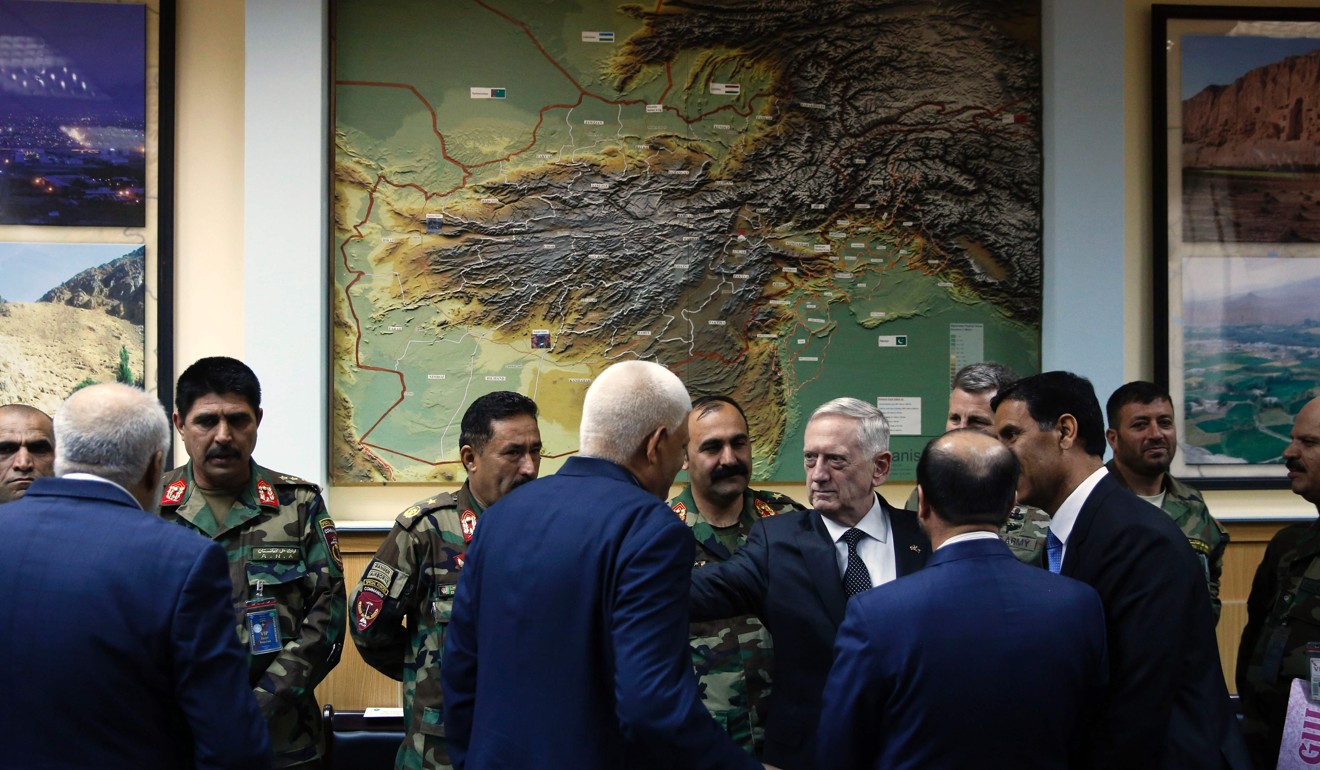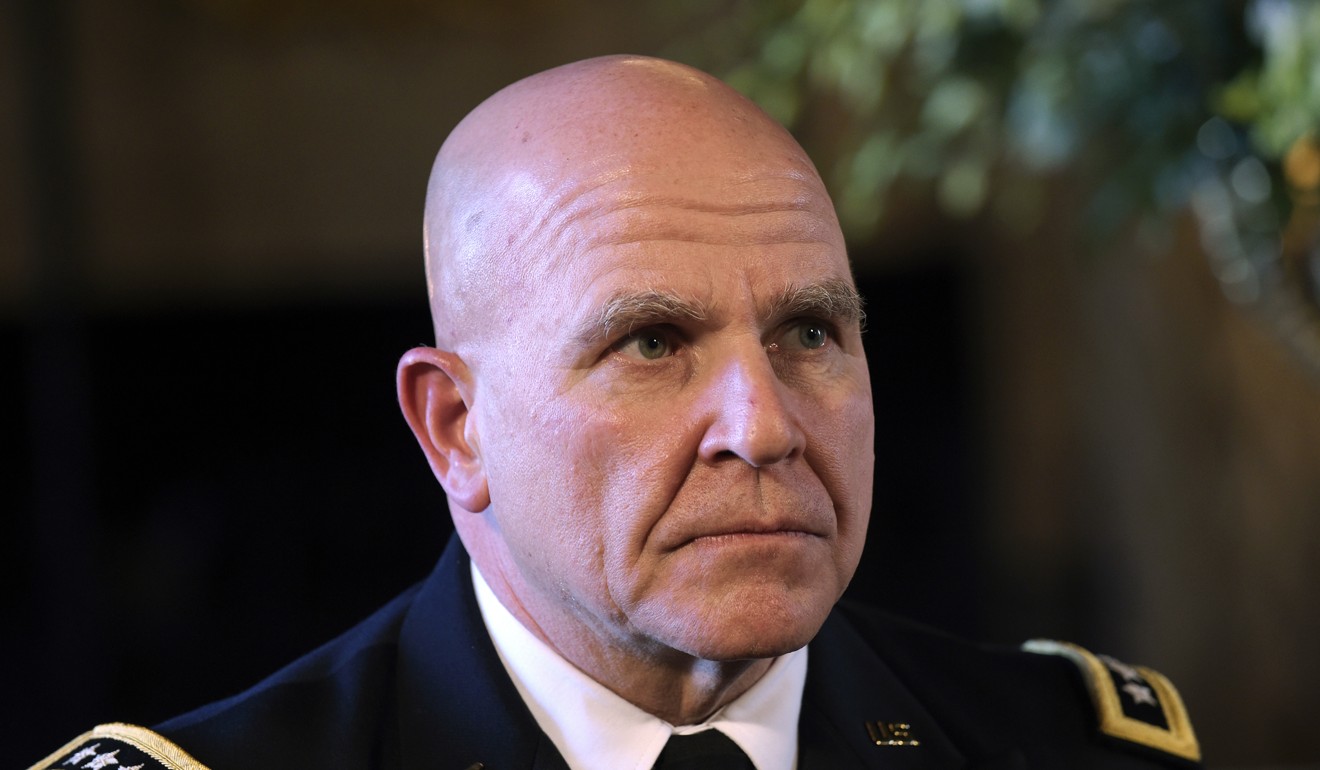
US poised to expand military effort against Taliban in Afghanistan to ‘start winning’ again
Donald Trump is expected to make a final call on the strategy before a May 25 Nato summit in Brussels that he plans to attend
US President Donald Trump’s most senior military and foreign policy advisers have proposed a major shift in strategy in Afghanistan that would effectively put the United States back on a war footing with the Taliban.
The new plan, which still must be approved by the president, calls for expanding the US military role as part of a broader effort to push an increasingly confident and resurgent Taliban back to the negotiating table, US officials said.
The plan comes at the end of a sweeping policy review built around the president’s desire to reverse worsening security in Afghanistan and “start winning” again, said one US official, who like others spoke on the condition of anonymity to discuss internal deliberations.
The new strategy, which has the backing of top Cabinet officials, would authorise the Pentagon, not the White House, to set troop numbers in Afghanistan and give the military far broader authority to use airstrikes to target Taliban militants. It would also lift Obama-era restrictions that limited the mobility of US military advisers on the battlefield.

The net result of the changes would be to reverse moves by President Barack Obama to steadily limit the US military role in Afghanistan, along with the risk to American troops and the cost of the war effort, more than 15 years after US forces first arrived there.
Trump is expected to make a final call on the strategy before a May 25 Nato summit in Brussels that he plans to attend.
Officials said it is unclear whether Trump, who has spoken little about the United States’ longest war, will look favourably upon expanding the US role in Afghanistan. While he has voiced scepticism about allowing US troops to become bogged down in foreign conflicts, the president has also expressed a desire to be tough on terrorism and has seemed to delight in the use of military force.
“The review is an opportunity to send a message that, yes, the US is going to send more troops, but it’s not to achieve a forever military victory,” said Andrew Wilder, an Afghanistan expert at the US Institute of Peace.
“Rather, it’s to try to bring about a negotiated end to this conflict.”

The new strategy is a product of the US military’s mounting worries that the fragile stalemate with the Taliban has been steadily eroding for years, jeopardising the survival of an allied government and endangering a key US base for combating militant groups such as al-Qaida and the Islamic State throughout South Asia.
Even as it moves to the president’s desk, the proposal faces resistance from some senior administration officials who fear a repeat of earlier decisions to intensify military efforts that produced only temporary improvements.
Inside the White House, those opposed to the plan have begun to refer derisively to the strategy as “McMaster’s War,” a reference to H.R. McMaster, the president’s national security adviser. The general, who once led anti-corruption efforts in Afghanistan and was one of the architects of President George W. Bush’s troop surge in Iraq, is the driving force behind the new strategy at the White House.
The White House declined to comment.

The plan envisions an increase of at least 3,000 US troops to an existing force of about 8,400. The US force would also be bolstered by requests for matching troops from Nato nations.
But, in keeping with the Trump administration’s desire to empower military decision-making, the Pentagon would have final say on troop levels and how those forces are employed on the battlefield. The plan would also increase spending on Afghanistan’s troubled government in an effort to improve its capacity.
The additional troops and aid spending would add to the fiscal toll of a war that already costs $23 billion annually, a factor Trump advisers expect will weigh heavily in the president’s consideration of additional military actions.
In a break with the past, US officials said that increases in US troop levels and support to the Afghan government and military would be heavily conditioned on the ability of Afghan President Ashraf Ghani, who heads a fragile unity government, to weed out ineffective military commanders and reduce corruption, both of which have led some aggrieved Afghans to turn to the Taliban as a better alternative.

The question at the heart of the new strategy is whether US and Afghan forces, even if bolstered by new troops and authorities to target the Taliban, can create enough pressure to push the war toward a negotiated settlement. Those opposing the escalation have argued that even the Obama-era surge, which peaked at 100,000, did not result in Taliban concessions in on-again, off-again US-Taliban talks begun in 2011.
Under the steps proposed in the new strategy, US aircraft would again be permitted to strike the Taliban in a broader array of situations, allowing for greater air support of Afghan offensives. The new rules would also enable US military advisers to accompany conventional Afghan forces closer to the front lines, similar to the freedom they enjoy with elite Afghan forces in a separate counterterrorism mission.
Similar measures proposed last year by the outgoing U.S. military commander for Afghanistan provoked a backlash among top Pentagon leaders, but this time military leaders including Defence Secretary Jim Mattis are supportive.

The new strategy comes at a critical time for Afghan forces, which have taken massive casualties and continue to suffer from corruption and poor leadership. Their vulnerability was exposed last month when a handful of Taliban militants killed 140 soldiers in an assault on a military base in northern Afghanistan.
Even proponents of the plan have modest expectations for what an enhanced military effort, given the Taliban’s strength, can achieve. Rather than stopping them from taking over additional territory, officials expect that Afghan forces will at best be able to “hold the line” this year and begin to recapture some key terrain from the Taliban next year.
The goal is to make “incremental progress” in coming years in the hope that those gains will be enough to persuade the Taliban to make concessions that will lead to peace, said a US official familiar with the plan.
Daniel Feldman, who served as Obama’s special representative for Afghanistan and Pakistan, said that to achieve a sustainable resolution, security investments must be matched by actions to support political and economic stability. “All of this leads back to prioritising the launch of a viable peace process in Afghanistan and using any military decision to support that process,” he said.
Wilder said the emphasis on using military pressure to reach a political agreement made sense but that there is no guarantee it would work given the diverse objectives of key players in the war, such as the Taliban, the Afghan government, Pakistan, Iran and increasingly Russia.
Even backers of a more robust approach concede that the chances of a major peace deal to end the war are low.
“If we don’t achieve that, Plan B should be to prevent state collapse, which would also require additional military resources,” Wilder said.

